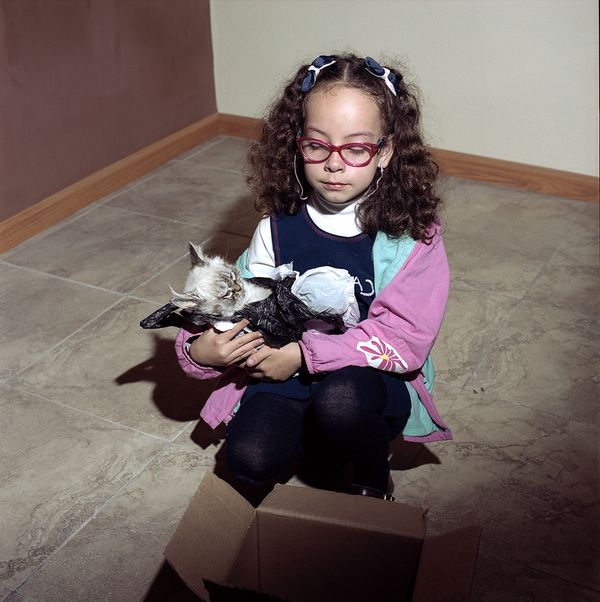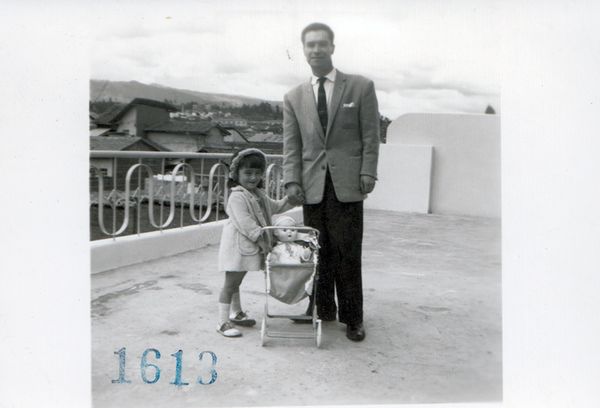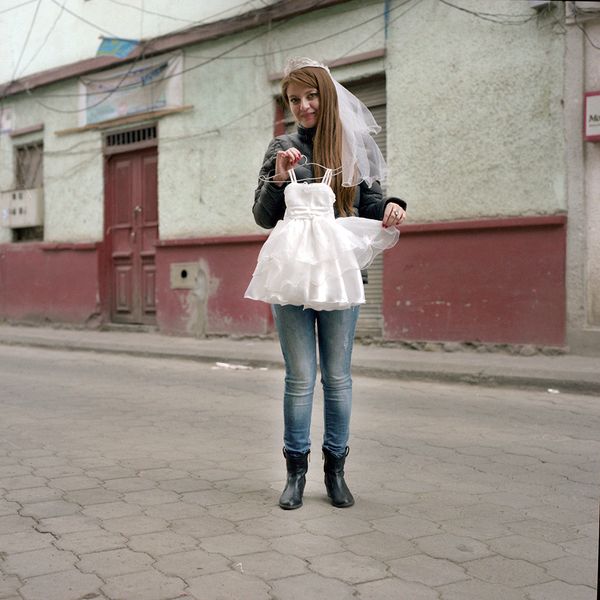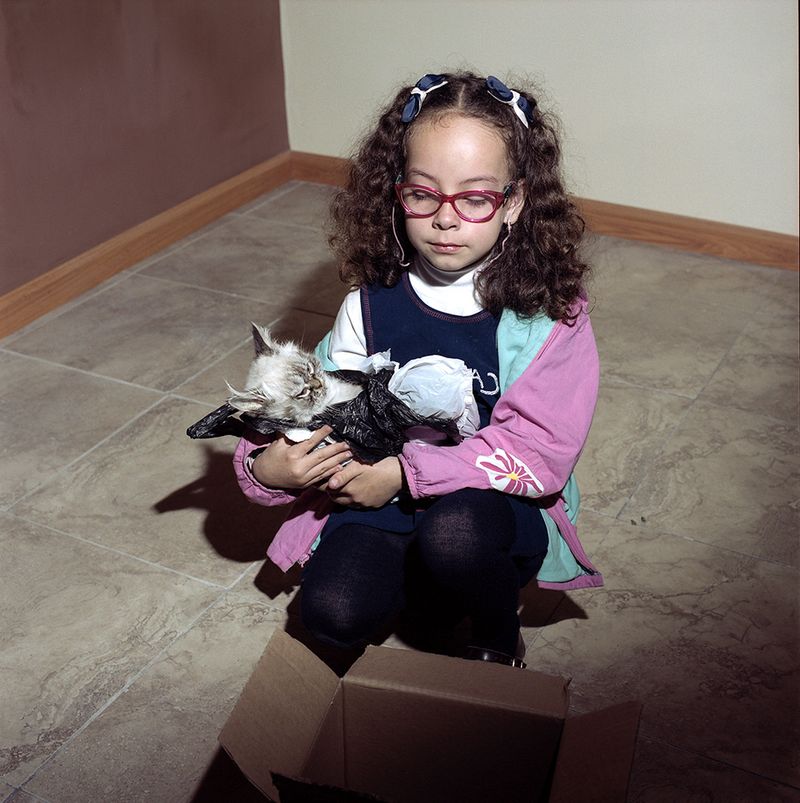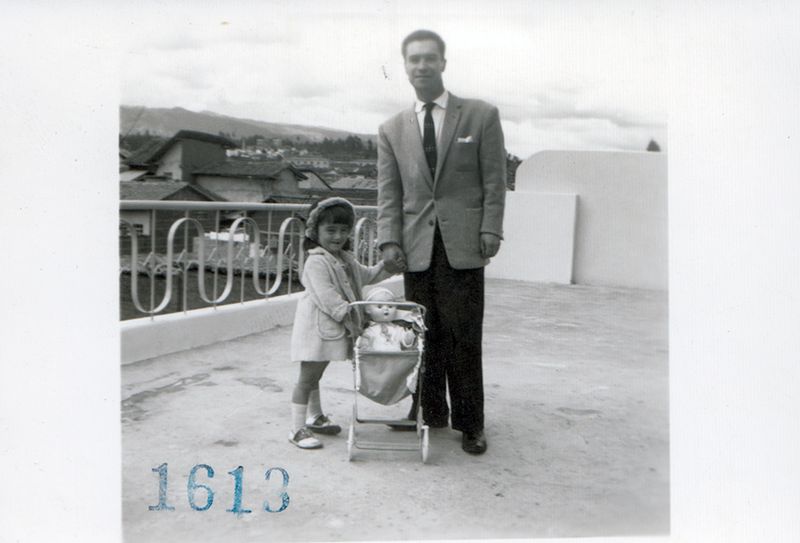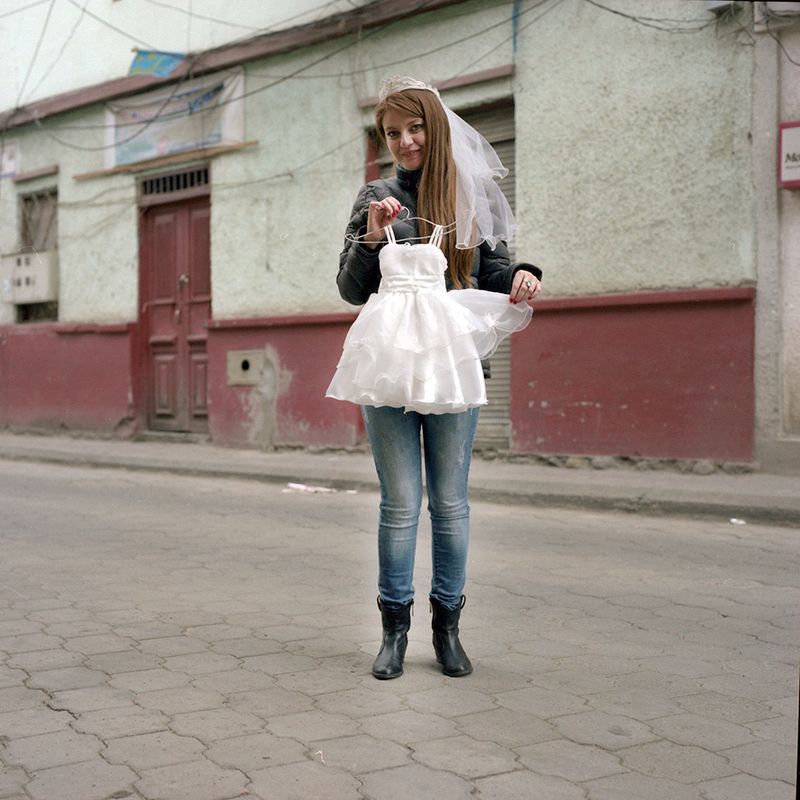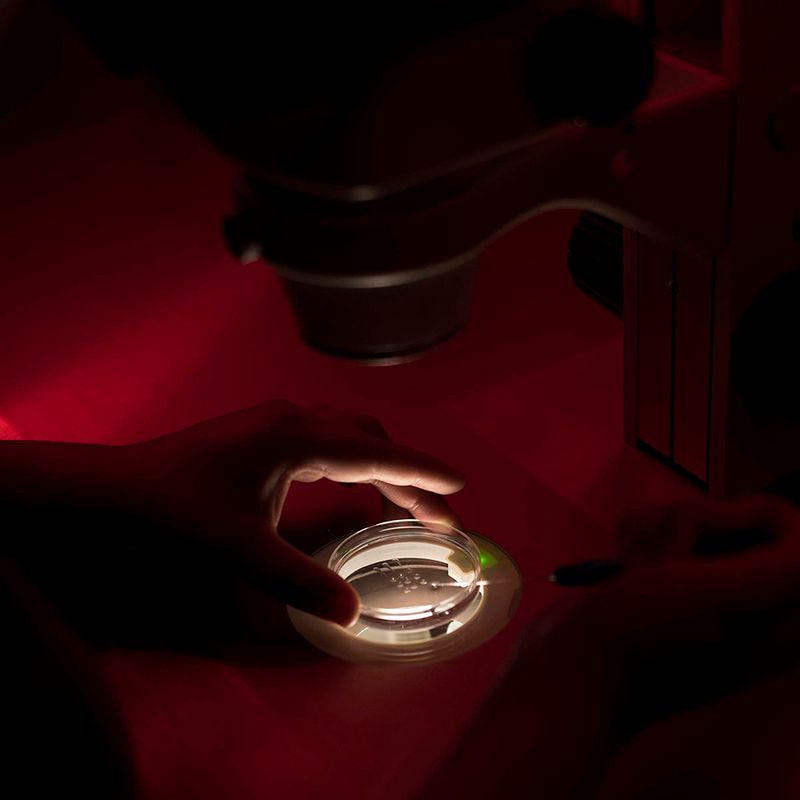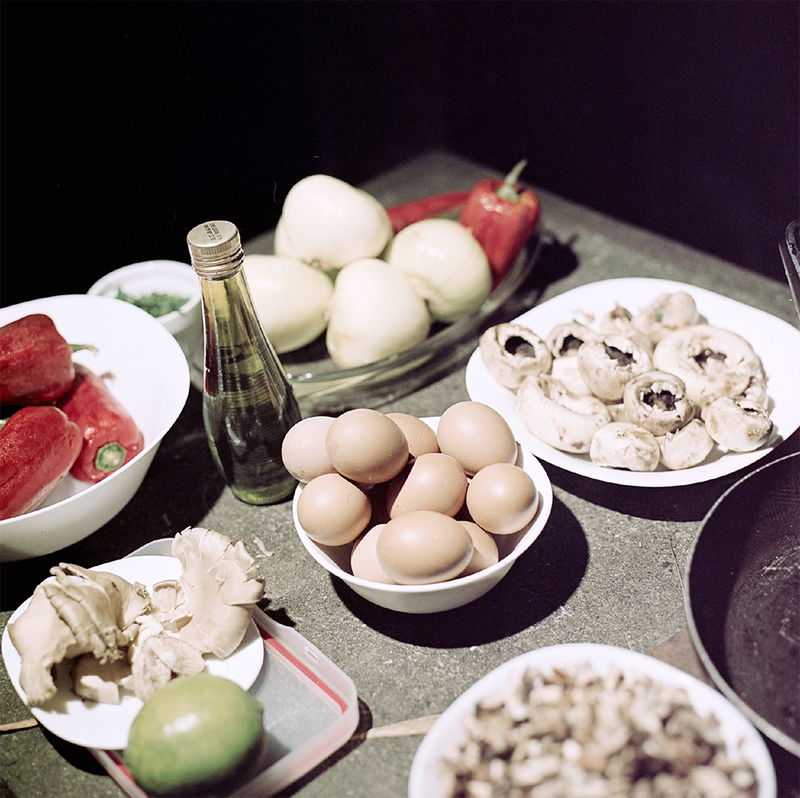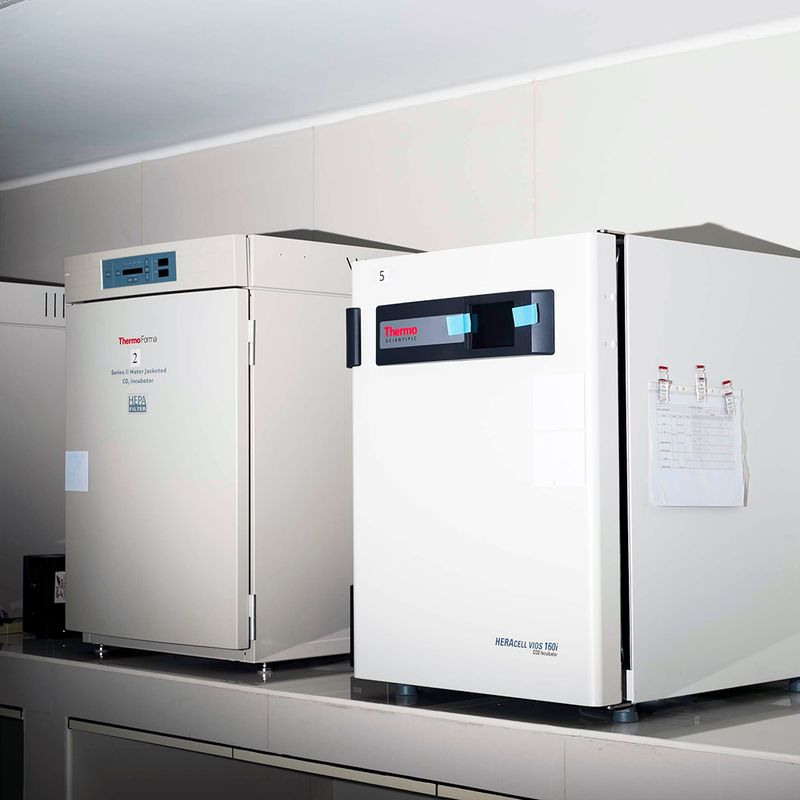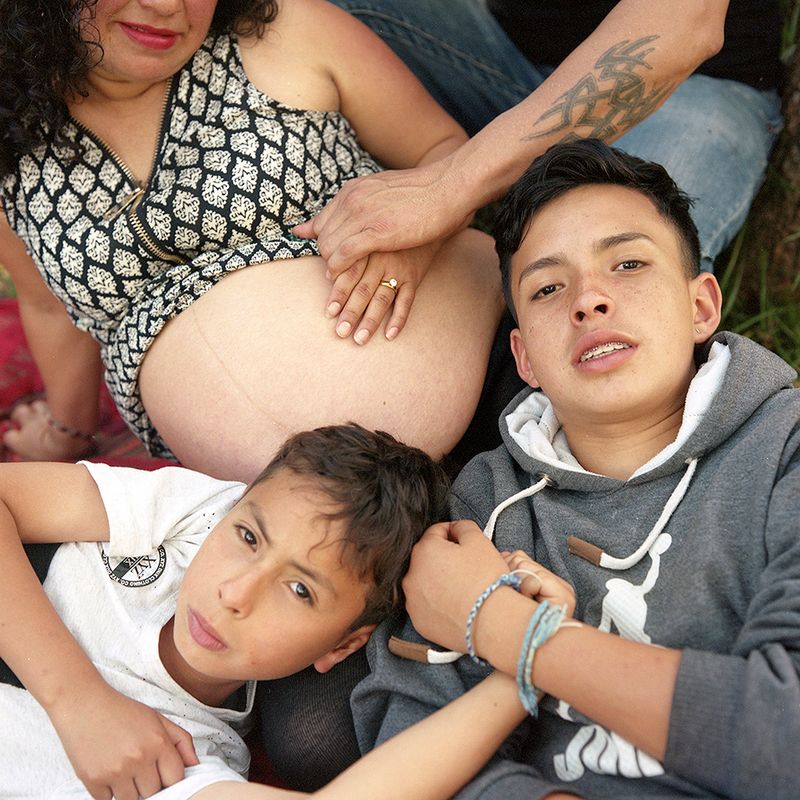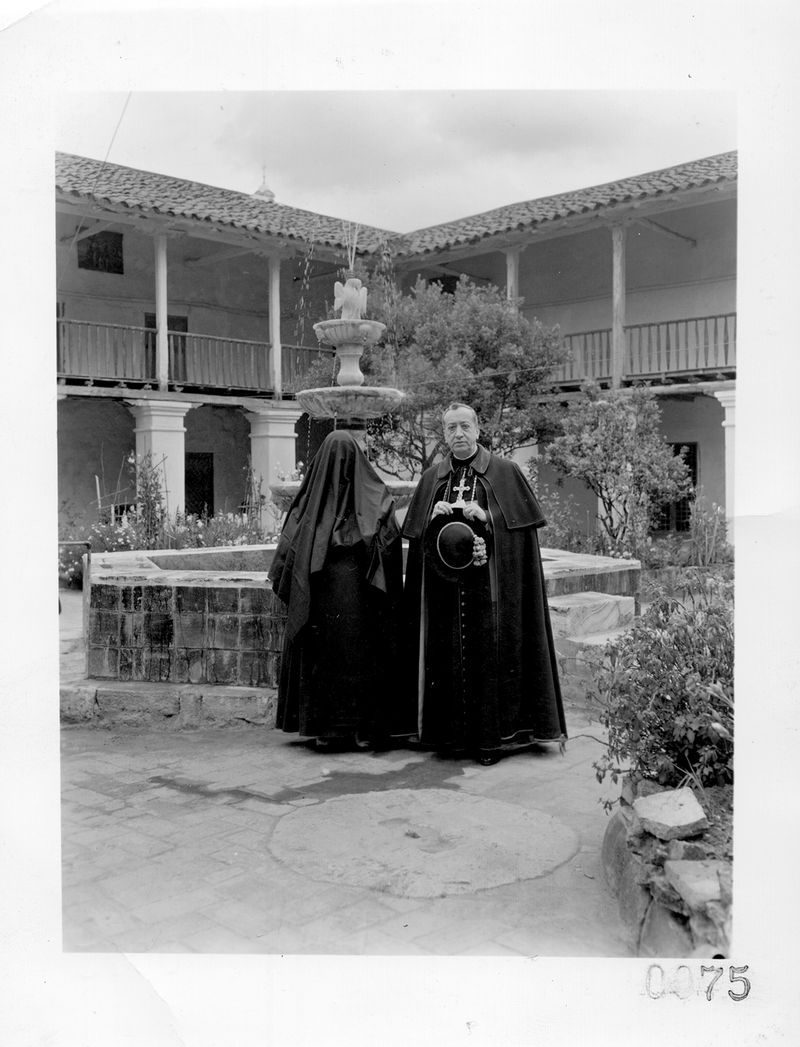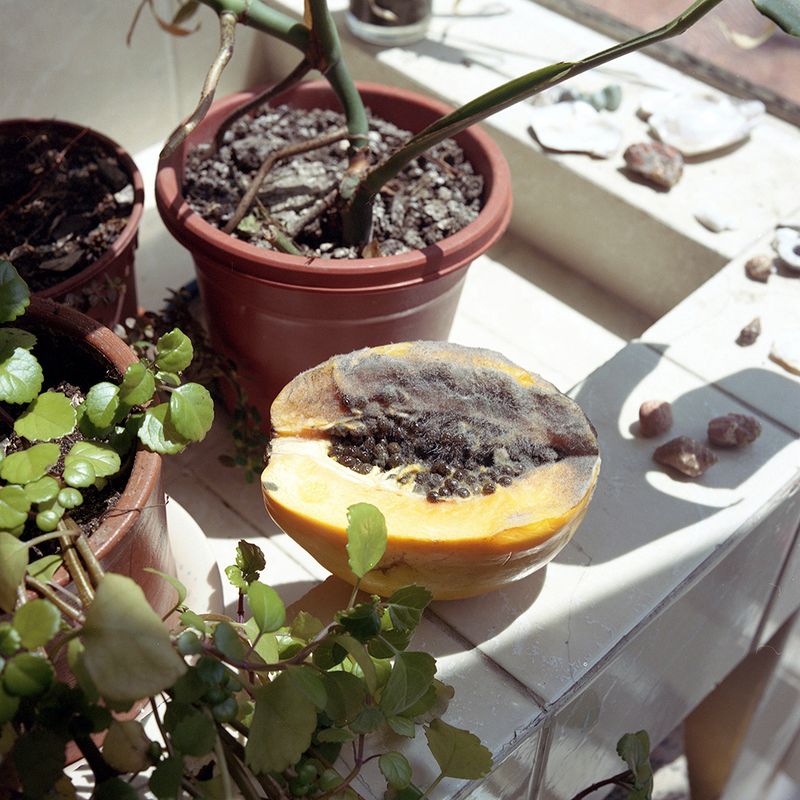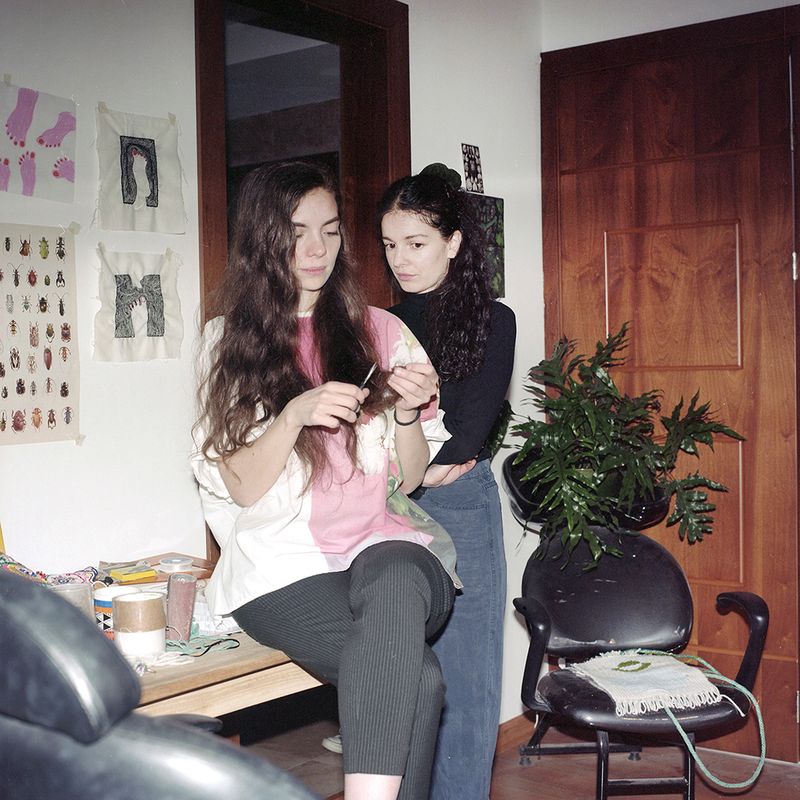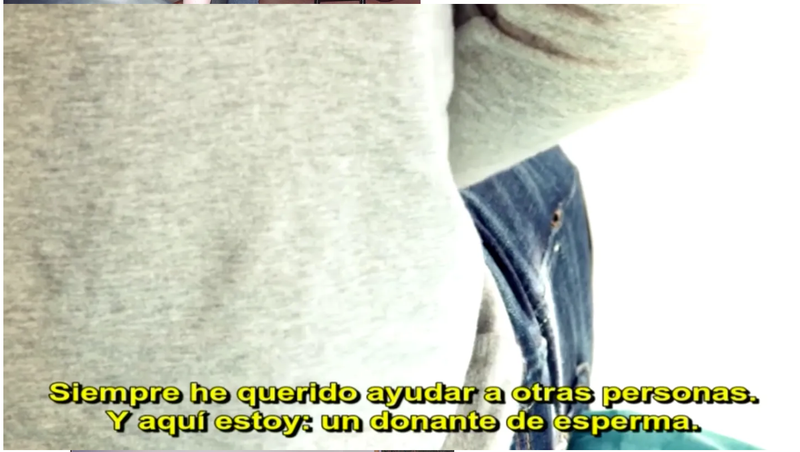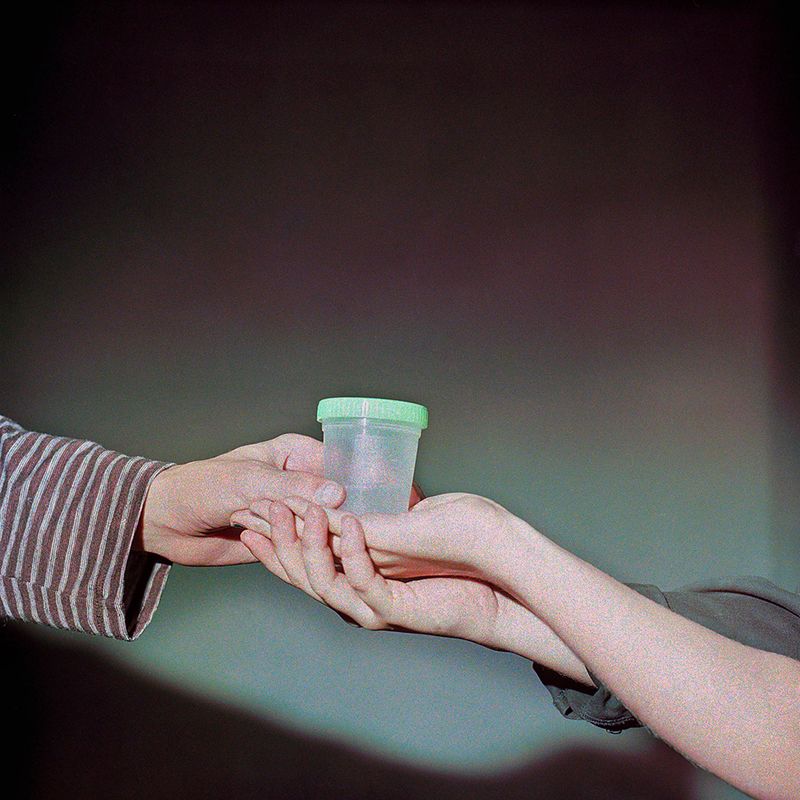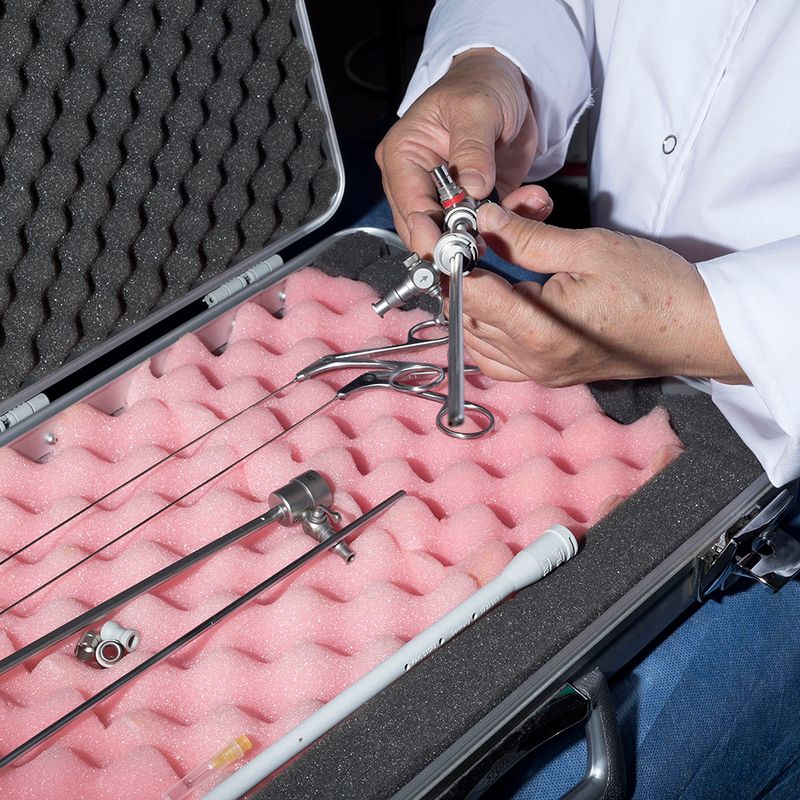HUMAN
-
Dates2019 - Ongoing
-
Author
- Locations Peru, Colombia, Ecuador, United Arab Emirates
The manufacture of children through technology
Pipette, petri dish, tweezers, speculum, ROPA method, in vitro fertilization, preimplantation genetic diagnosis, X chromosome, Y chromosome, Fallopian tube, uterus, sperm, egg. These are some of the terms that enable the production of children. They sound like terms from a science lab or a science fiction story, yet they have become the daily reality for thousands of people capable of gestation who are part of the assisted reproduction industry.
Eugenics is here to stay, and with it, the manufacturing of children. Fifteen years ago, the idea of choosing and modifying hair color, eye color, mouth size, height, or knowing a child's genome in advance seemed like something from the movies. Today, it is part of the genetic enhancement of human identity.
The obsession with reproduction merges with techno-authoritarianism, leaving no room for genetic randomness and presenting us with significant challenges regarding the diversity of human society.
What is a child? Where does the decision to have one come from? How are children made?
HUMAN is an artistic investigation that integrates texts, archives, and photography to raise questions about the decision/need to reproduce in today’s world.
“… today’s technologies allow for the creation of a human being, surpassing any representation we could have of them.” – François Ansermet
